1961
1989
today
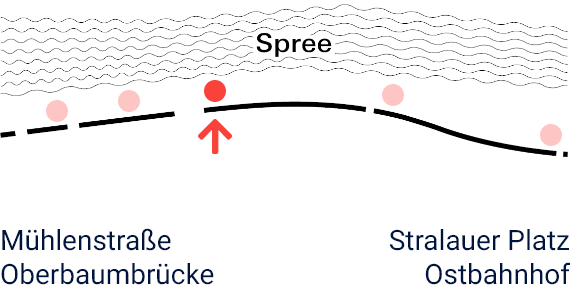
Berlin went through drastic changes in the 20th century, caused primarily by Nazi rule, the Second World War and the Cold War that followed. From 1961 onwards, the Berlin Wall changed the face of Mühlenstraße. People still lived and worked along the Spree. But the windows of the houses facing the river were barred. In 1989, the riverbank was cleared and turned into a guarded border strip. After the fall of the Wall, two main options were debated: whether to revive the pre-1961 city and redevelop the riverbank or keep the free spaces.
"What will happen to the East Side Gallery?"
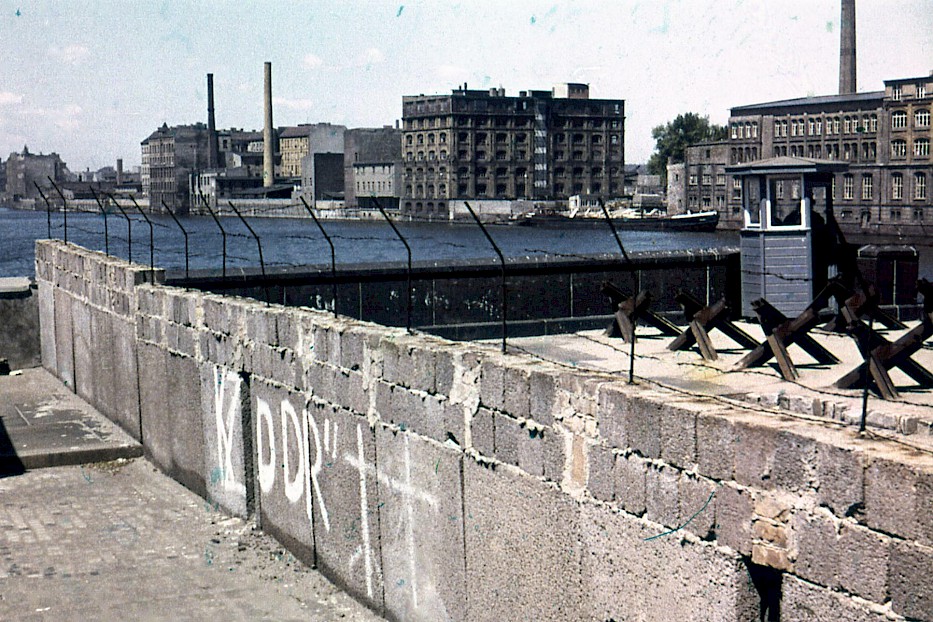
After 1961, Mühlenstraße in the Berlin district of Friedrichshain- Kreuzberg was first a tightly guarded border area, then wasteland, and finally an open space. Today it is a tourist landmark and international business location. Some people are appropriating and claiming free spaces while others are being driven out. This raises the question: Who belongs where in the city? And what keeps the city alive? Artists, residents, and staff of local businesses all give different answers to the question of whose city it is.
"It could look completely different here."
This site is a reminder of the divided city, the Cold War, and its victims, and how the Wall was overcome. But nothing recalls the preceding history: the time it was an ordinary Berlin street where people lived and worked — and Nazi crimes were committed. From 1933 onwards, Jews were robbedof their livelihoods, deported, and murdered. We would like to remember at least one of them, of whom we know a little: Siegfried Abramowsky, who ran a button factory on Mühlenstraße. In 1942, he was deported to the ghetto in Theresienstadt, where he was murdered by starvation and exposure to disease.
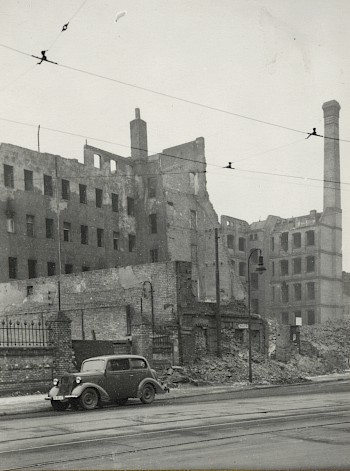
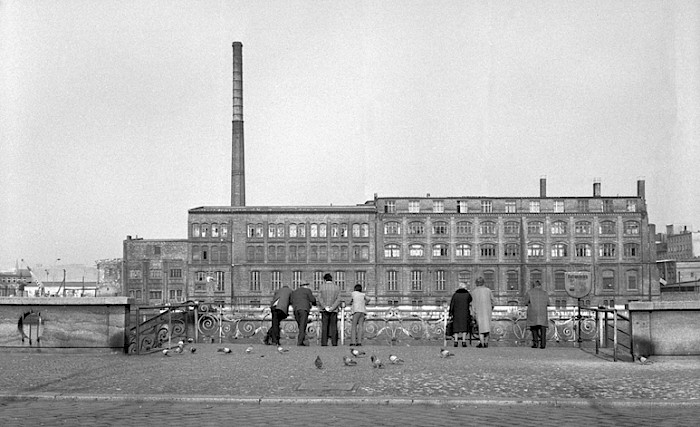
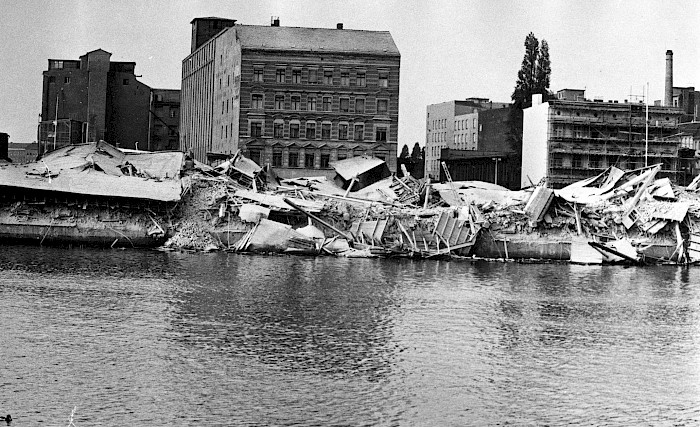

In his painting Uhrmenschen der Computer (Primeval-Clockwork- Computer People), Chilean artist César Olhagaray imagined the time after the Peaceful Revolution in 1989. Portraying the apocalypse, it was intended as a warning to wake up and not be lulled into indifference by illusions. With it the artist, who had been imprisoned after the military coup in Chile, appealed for social justice and a democratic society.